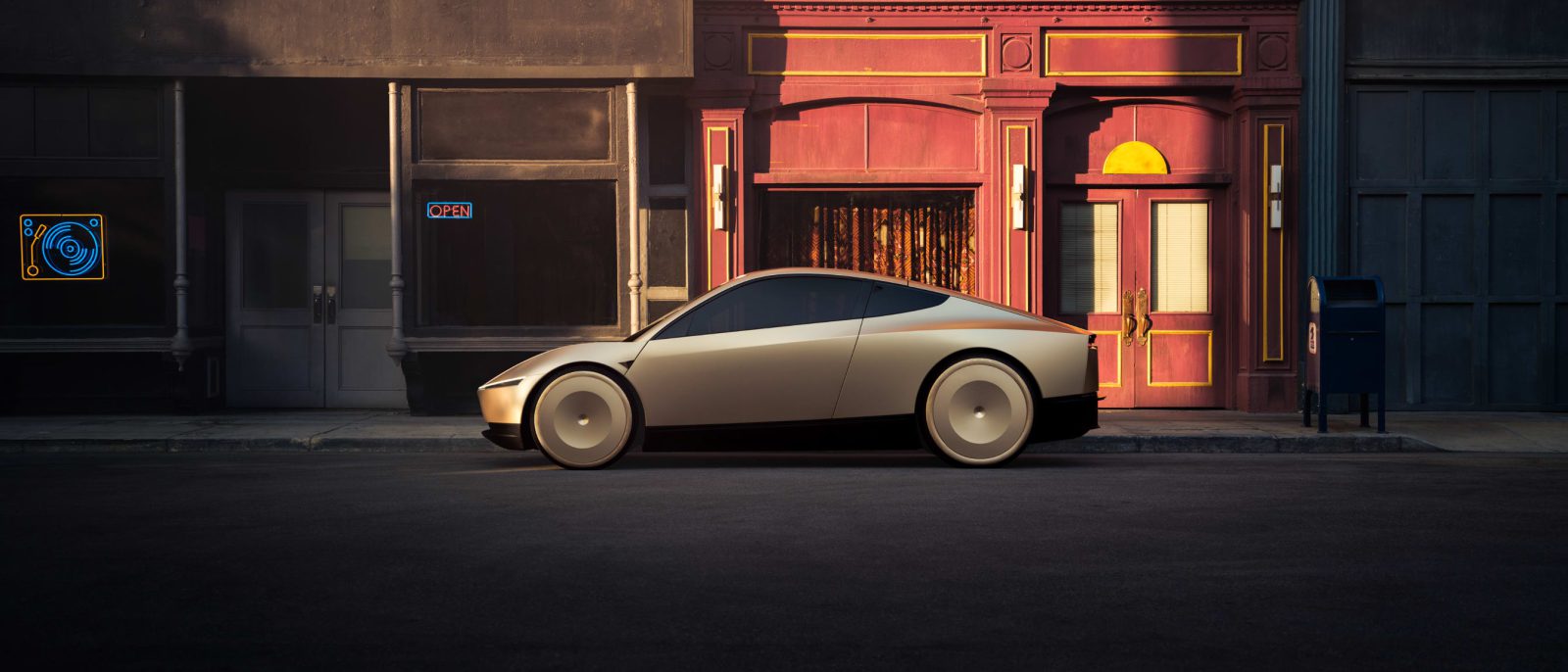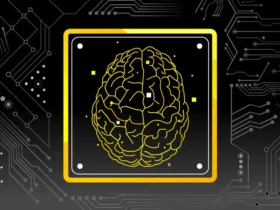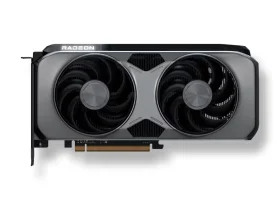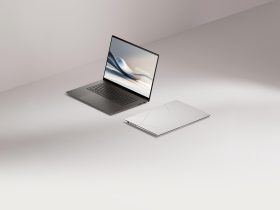At the highly anticipated We, Robot event, held at Warner Bros Studios in Burbank, California, Elon Musk unveiled Tesla’s long-awaited Cybercab, a two-seater, fully autonomous robotaxi. The Cybercab’s futuristic design sets it apart from other Tesla models, featuring no steering wheel, no gas pedal, and striking butterfly doors. This unique vehicle is expected to become available by 2026—or as Musk hinted, “before 2027”—at a price point below $30,000. Additionally, Musk revealed a prototype of the Rovovan, an autonomous vehicle capable of transporting up to 20 passengers, akin to an electric bus, pushing the boundaries of Tesla’s autonomous fleet.
Breaking Down the Cybercab: Design, Interior, and Features
The Cybercab made a bold entrance at the event, showcasing front and rear lightbars, much like the Cybertruck. However, instead of the Cybertruck’s stainless-steel body, the Cybercab prototypes arrived with aluminum body panels painted silver. This decision aligns with Tesla’s goal of making the Cybercab more affordable for mass production. While early concepts hinted at a stainless steel exoskeleton, Tesla opted for aluminum and steel body panels for practical and cost-effective manufacturing.
Though initially speculated to have three wheels, the Cybercab confirmed its four-wheel design, with only the front two wheels handling the steering. Tesla has further enhanced the vehicle’s aerodynamics by covering the wheels with disc-shaped plates, making the sidewalls of the tires appear sleek and slim.
Unlike many Tesla models, the Cybercab lacks the iconic glass roof, opting instead for a simpler metal roof. The windows, too, are framed rather than frameless, enhancing durability and reducing production costs, ideal for the Cybercab’s role as a robotic taxi. Tesla has clearly prioritized affordability and efficiency in the Cybercab’s design, without compromising on futuristic appeal.
However, the butterfly doors add an iconic, luxury touch reminiscent of the Model X. While impressive, their maintenance may be challenging in colder climates where snow and ice buildup could interfere with functionality.
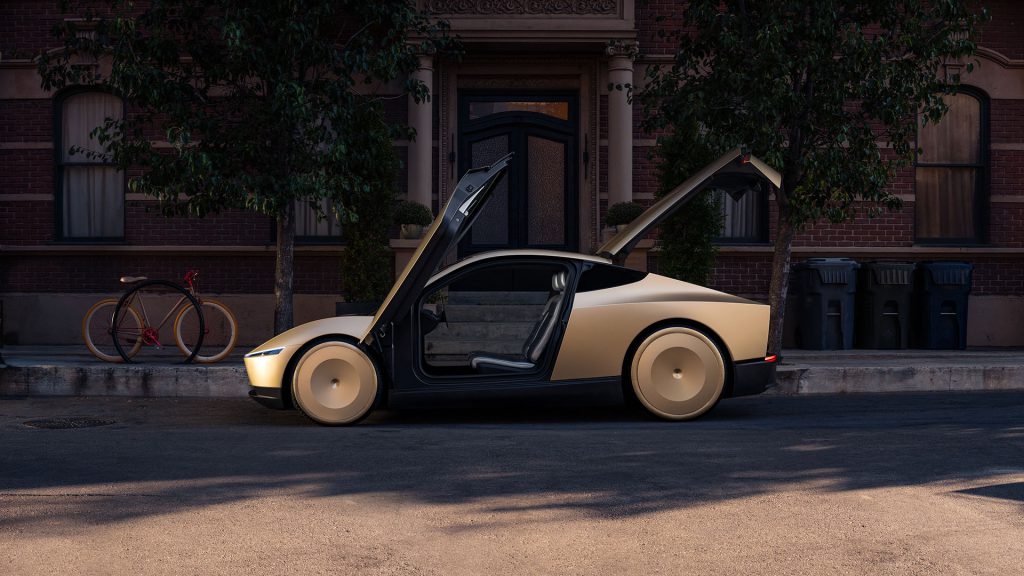
A Spartan Yet Practical Interior
Inside, the Cybercab seats two adults comfortably with large, padded seats. While not ventilated, the seats are heated, and the overall design emphasizes simplicity, aiming for easy cleaning and durability. Tesla even showcased an automatic vacuum and scrubbing unit designed to clean the seats and screens—ideal for a vehicle expected to endure daily wear and tear.
The interior design follows Tesla’s typical minimalist approach, with no steering wheel or pedals. However, the Cybercab boasts an enormous 20.5-inch center display, intended to showcase trip progress and entertainment options. This is significantly larger than the 18.5-inch display found in the Cybertruck and even surpasses the 15-inch screens in the Model 3 and Model Y. The Cybercab will likely feature video games, movies, and TV shows, providing ample entertainment for passengers.
The automatic butterfly doors can be opened and closed manually using buttons located beneath the drink holders, although they typically close once passengers have buckled their seatbelts. Tesla has revealed the white interior with black trim, but a black interior option would be ideal for durability, especially in the harsh environment a taxi must endure.
Hardware and AI Advancements
Elon Musk confirmed that the Cybercab will be equipped with upsized Hardware 5/AI 5, which largely retains the camera layout from AI 4. The camera setup includes two (plus one fake) cameras at the top of the windshield, a front bumper camera, two B-pillar cameras, and a rear-facing camera. This setup mirrors the Cybertruck and is expected to be used in the upcoming Model Y Juniper Refresh, as well as future Model S and Model X models.
The rear of the Cybercab offers significant storage space, with an upward-opening rear hatch that can accommodate 3-4 large suitcases. Inside, the absence of a center storage console creates ample legroom, allowing passengers to stretch out or place additional items like backpacks on the floor.
The New Cleaning and Charging Facilities
Tesla revealed plans for Cybercab Hubs, where the vehicles will be charged and cleaned using inductive charging—a first for fleet-scale electric vehicles. These hubs will likely operate as dedicated facilities where Cybercabs can autonomously return for recharging and cleaning via robotic arms. The logistics of whether Tesla or consumers will own these facilities remain unclear.
At the We, Robot event, Elon Musk reiterated his vision that fully self-driving vehicles will ultimately be safer than human-operated ones. However, the market’s reaction has been mixed—Tesla’s shares closed at $217.69 on Friday, reflecting mote than 10% drop over the past year. Investors remain cautious, likely due to the lack of immediate details on production timelines and business models for the Cybercab.

Despite this, the unveiling of the Cybercab showcases Tesla’s commitment to innovation, pushing the boundaries of autonomous driving and revolutionizing urban mobility. With features like butterfly doors, a futuristic interior, and inductive charging, the Cybercab could redefine the future of transportation. Whether this fully autonomous future becomes a reality by 2026 or 2027, Tesla continues to lead the charge in transforming the automotive industry.

